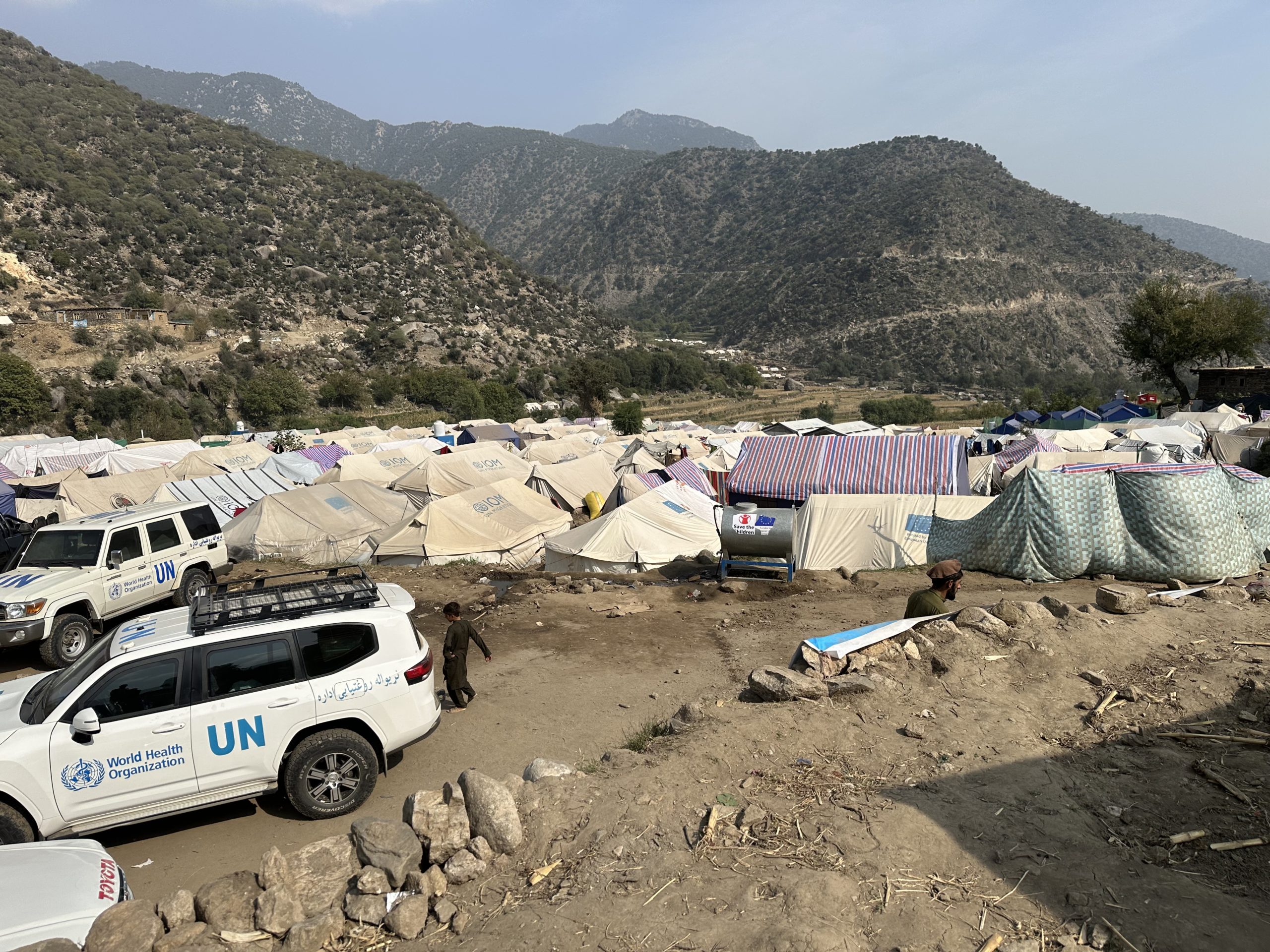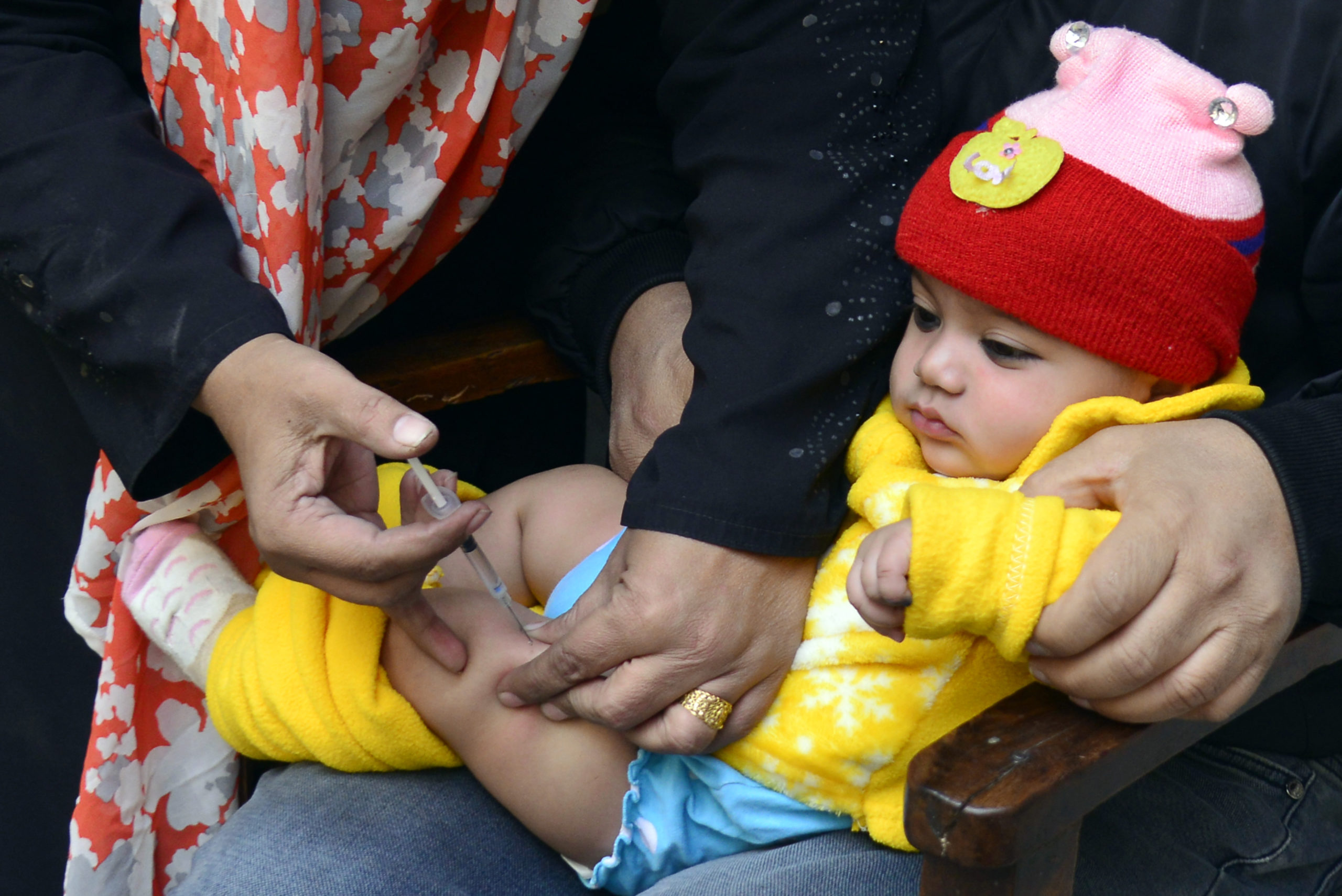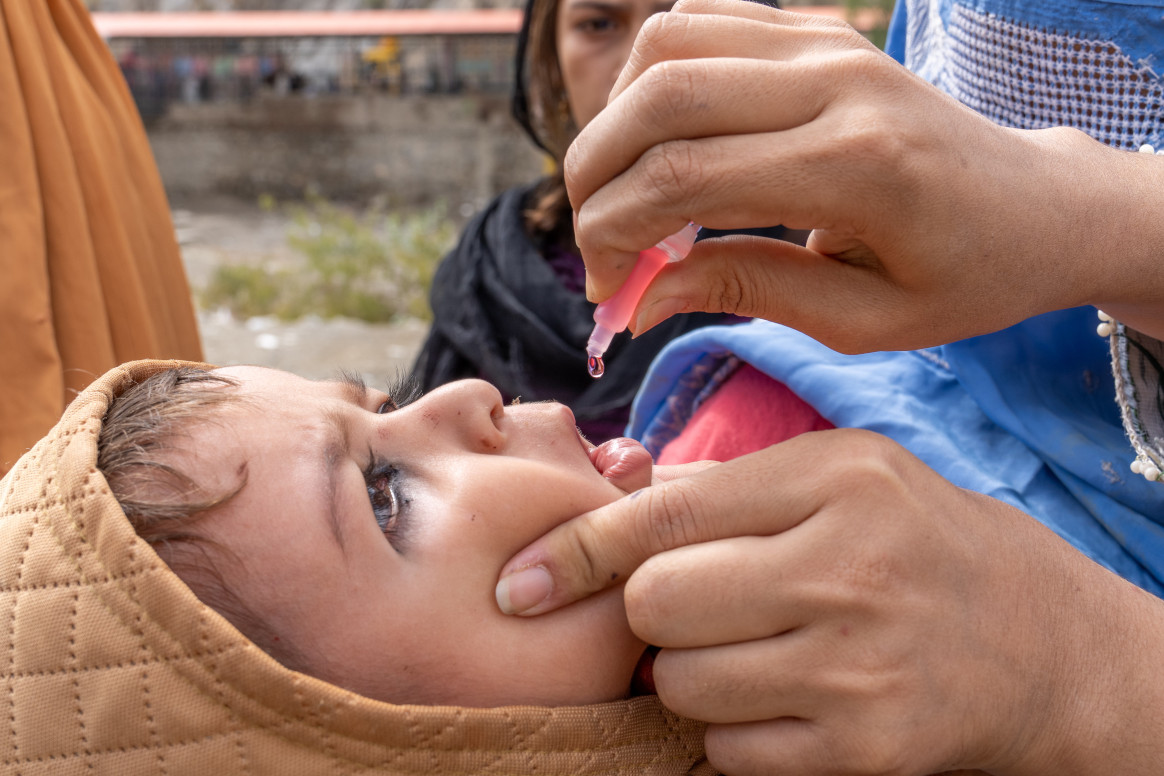
WHO South-East Asia Region, home to a quarter of the world’s population, was certified polio-free today by an independent commission, a historic milestone in the worldwide effort to end polio and realize the broad benefits eradication will bring. The 11 countries in the region – Bangladesh, Bhutan, Democratic People’s Republic of Korea, India, Indonesia, Maldives, Myanmar, Nepal, Sri Lanka, Thailand and Timor-Leste – are home to 1.8 billion people and represent the fourth of six WHO regions of the globe to be officially certified polio-free.
India, once deemed the most difficult place to end polio, recorded its last case on 13 January 2011, enabling completion of regional certification. Other countries such as Sri Lanka, Maldives and Bhutan have been polio-free and waiting for this day for more than 15 years.
Ending polio in these countries forged strong systems that are now being used to advance other health priorities. In Bangladesh, immunization coverage for essential vaccines (diphtheria-tetanus-pertussis) rose from 82% to 96% between 2000 and 2012, in a period of intense polio eradication activity; in Nepal, the rate went from 74% to 90%. Some countries have expanded their high-performing polio surveillance networks to track other vaccine-preventable diseases such as measles, neonatal tetanus and Japanese encephalitis.
South-East Asia’s remarkable achievement in ending polio was made possible by unprecedented commitment from governments to hold high-quality vaccination campaigns that reached a cumulative total of 7.5 billion children over 17 years, in every home from the busiest city street to the remotest rural corner, with the dedication of millions of community health workers and volunteers. Between 1995 and 2012, the polio programme conducted 189 nationwide campaigns across the region and administered more than 13 billion doses of oral polio vaccine.
The region’s accomplishment marks a vital step toward the GPEI’s goal of delivering a polio-free world by 2018. Innovative approaches and new partners are driving global progress against a multi-year plan to stop transmission, improve immunization rates and make a lasting impact on child mortality. However, this progress is at risk unless polio is ended in the three countries where it has never been stopped: Afghanistan, Pakistan and Nigeria. Recent outbreaks in the Middle East and the Horn of Africa are stark reminders that polio anywhere is a threat everywhere. Until polio is stopped in the remaining three endemic areas, all countries need to maintain sensitive surveillance and high immunization rates to rapidly detect any importation of poliovirus and minimize its impact.
Now that 80% of the world’s population lives in regions certified polio-free – the WHO Regions of the Western Pacific, South-East Asia, Europe, and the Americas – the goal of eradication is closer than ever.



